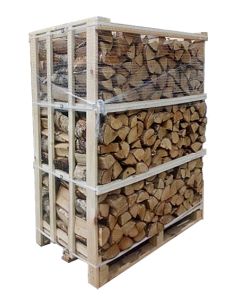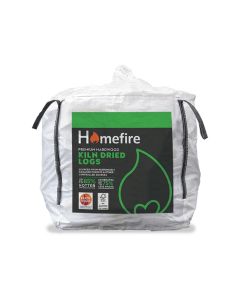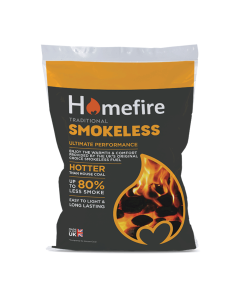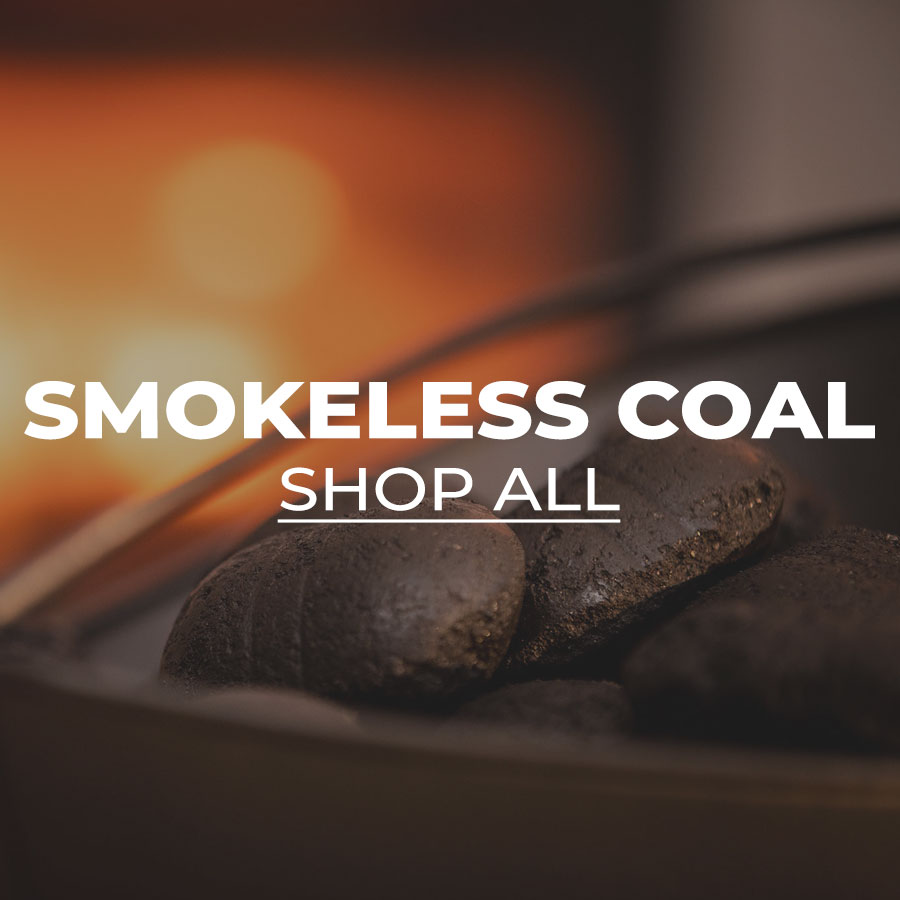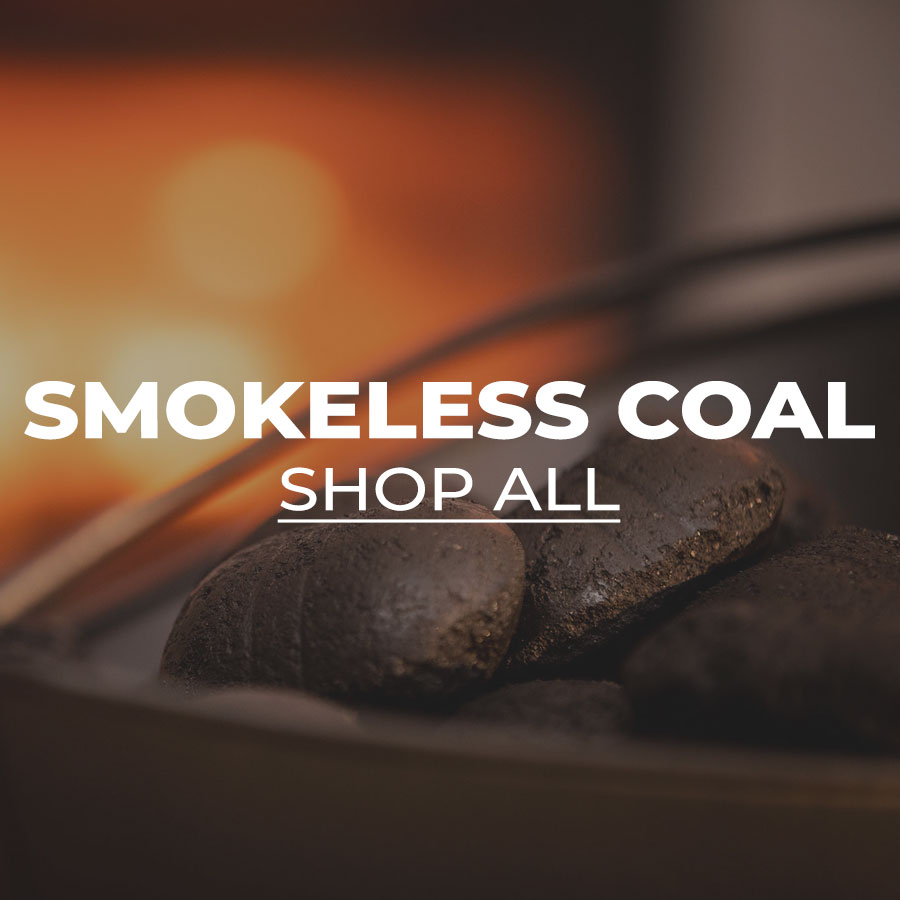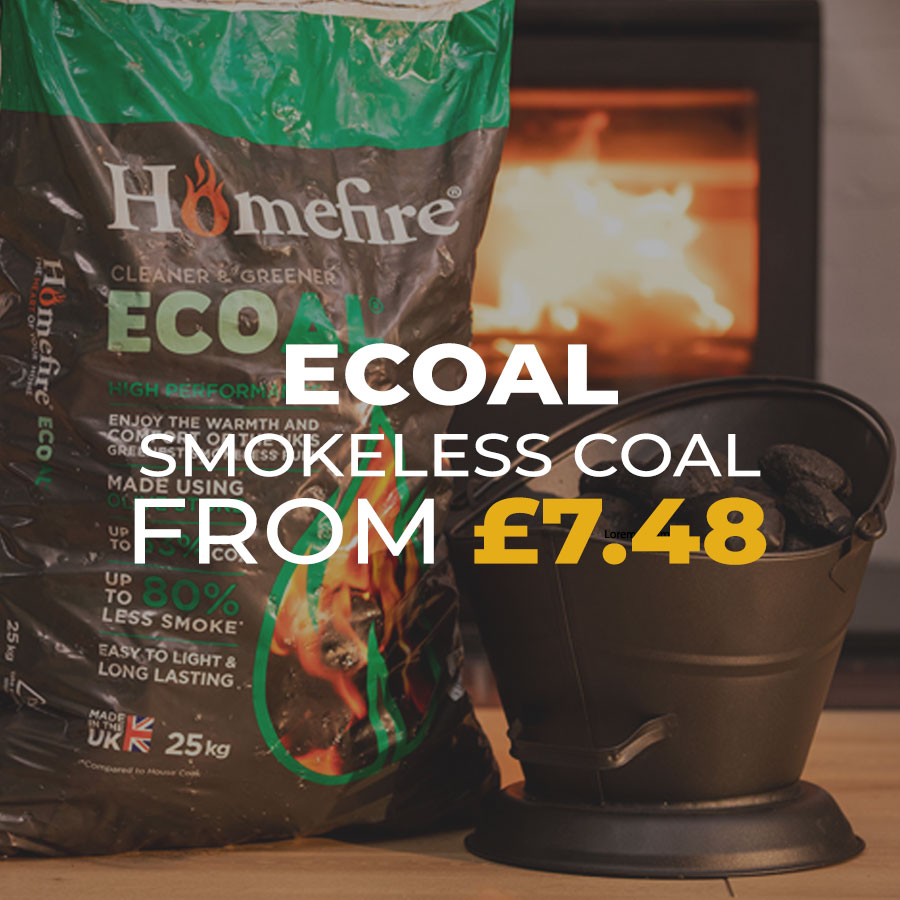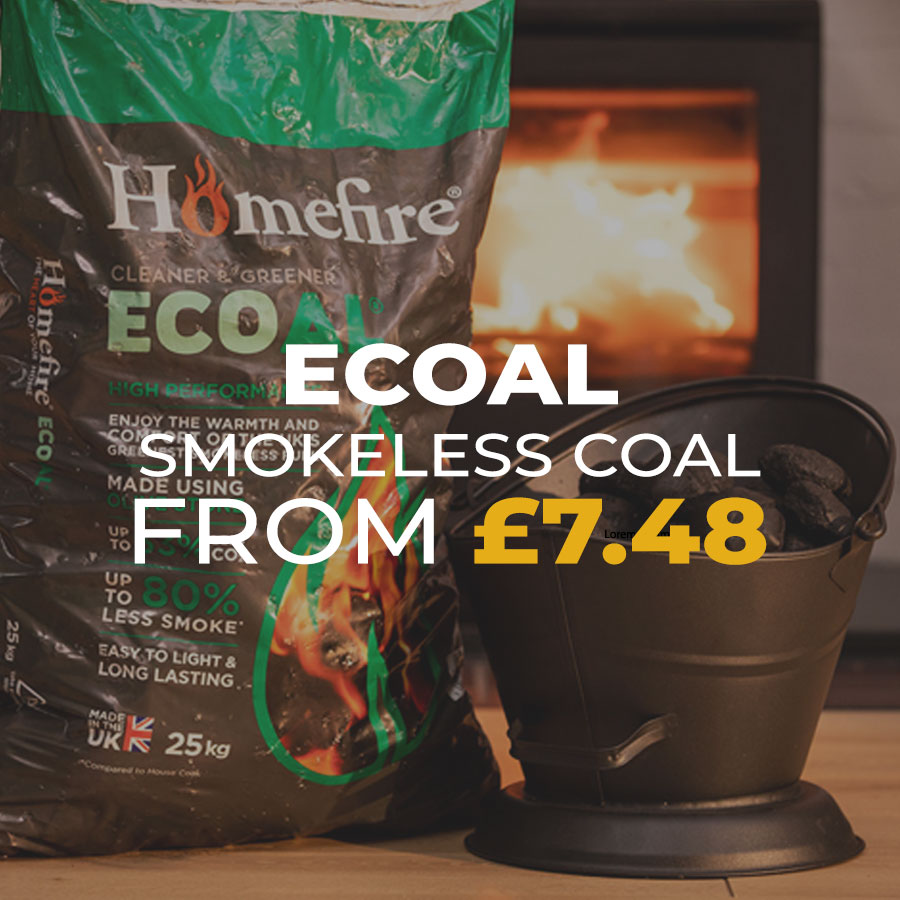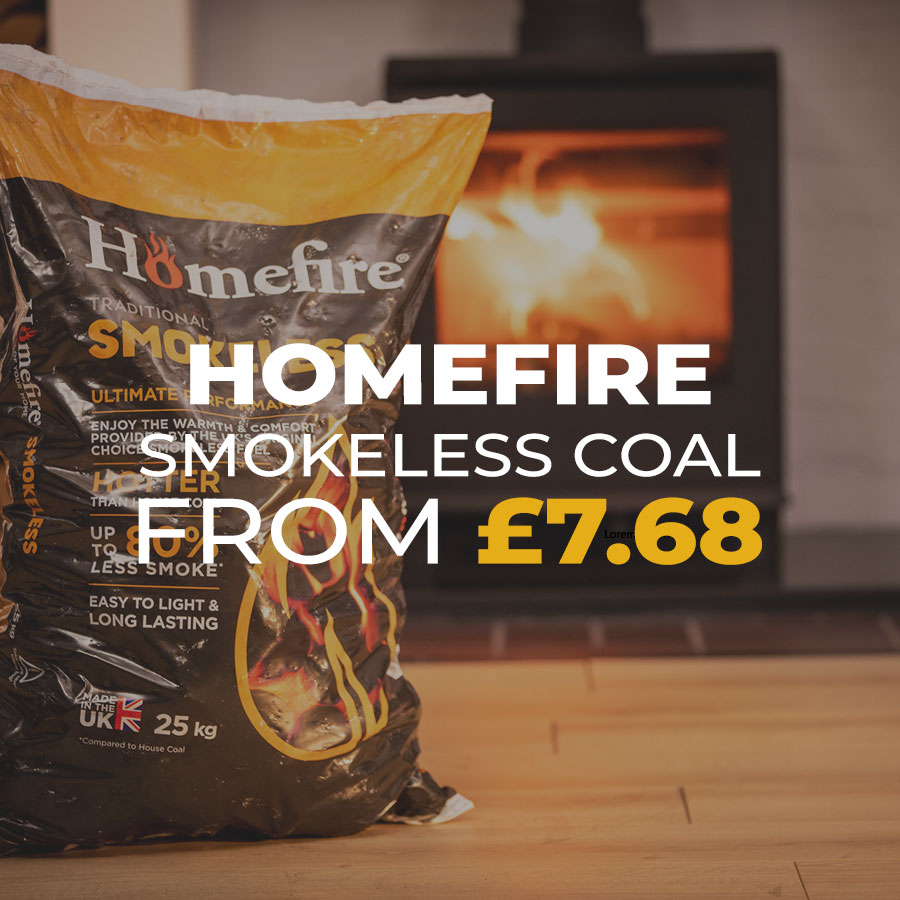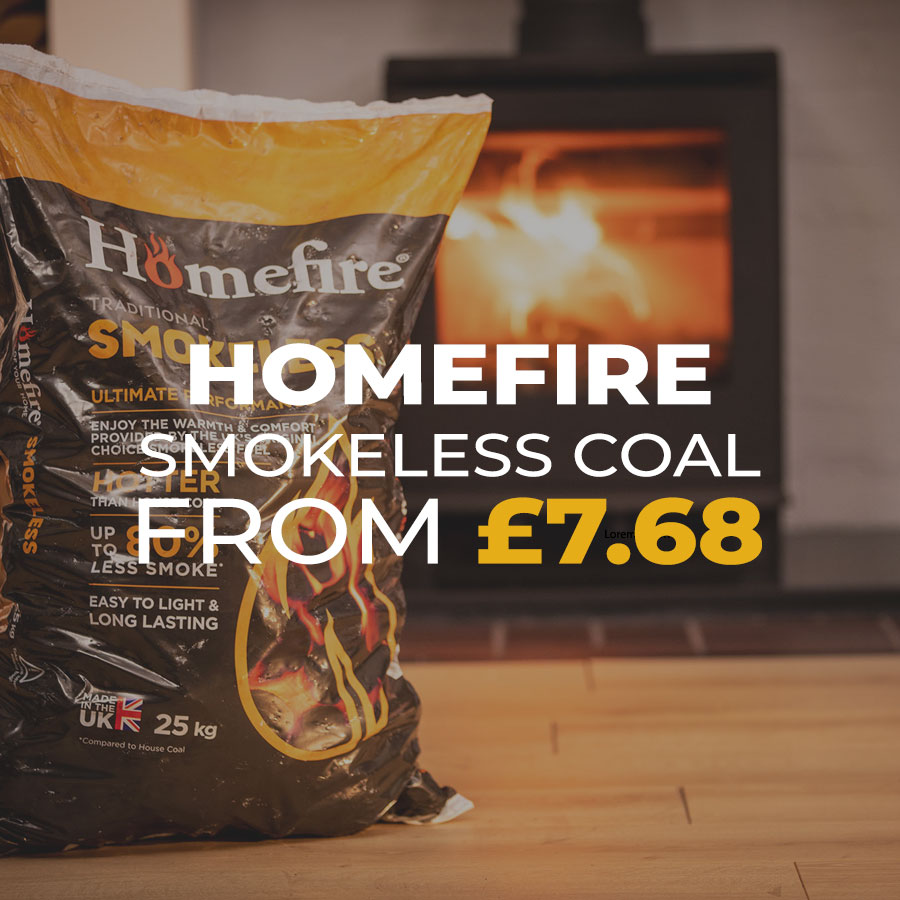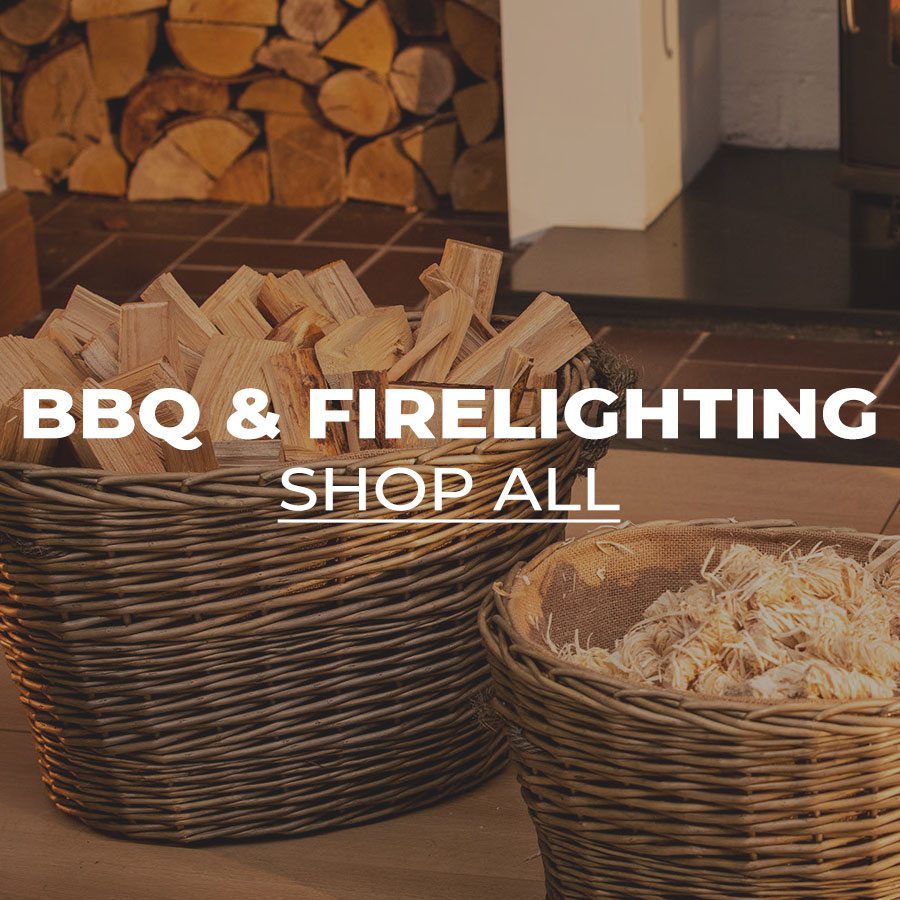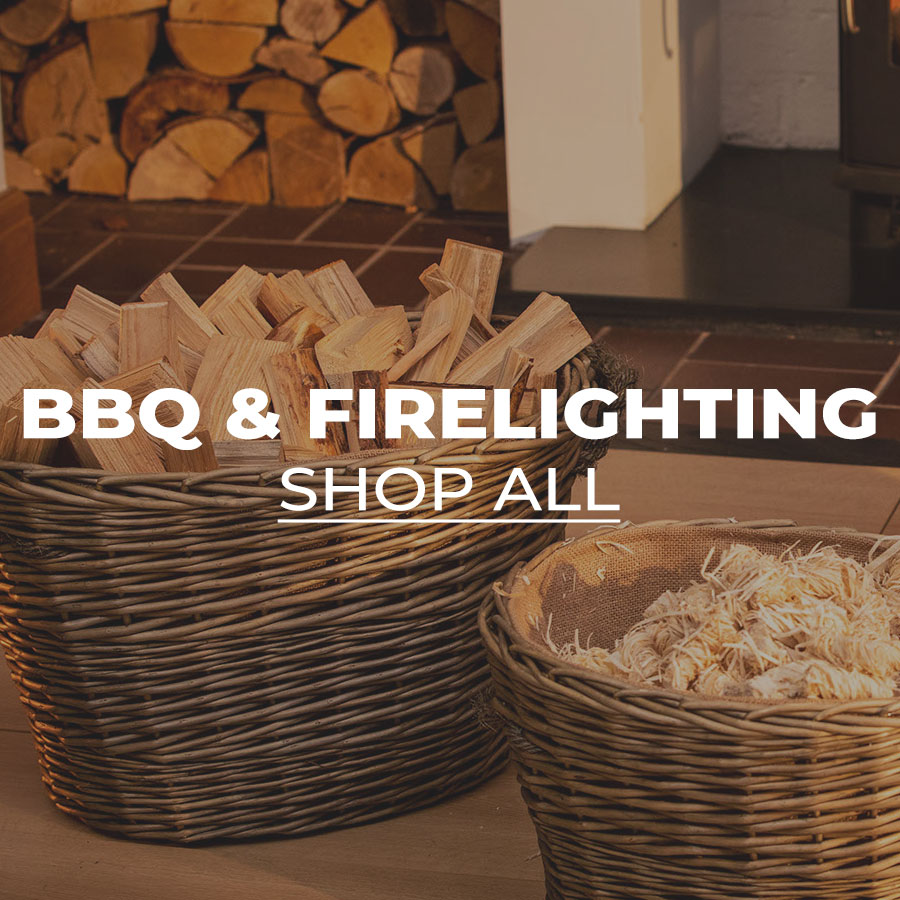How to prevent your stove glass from turning black
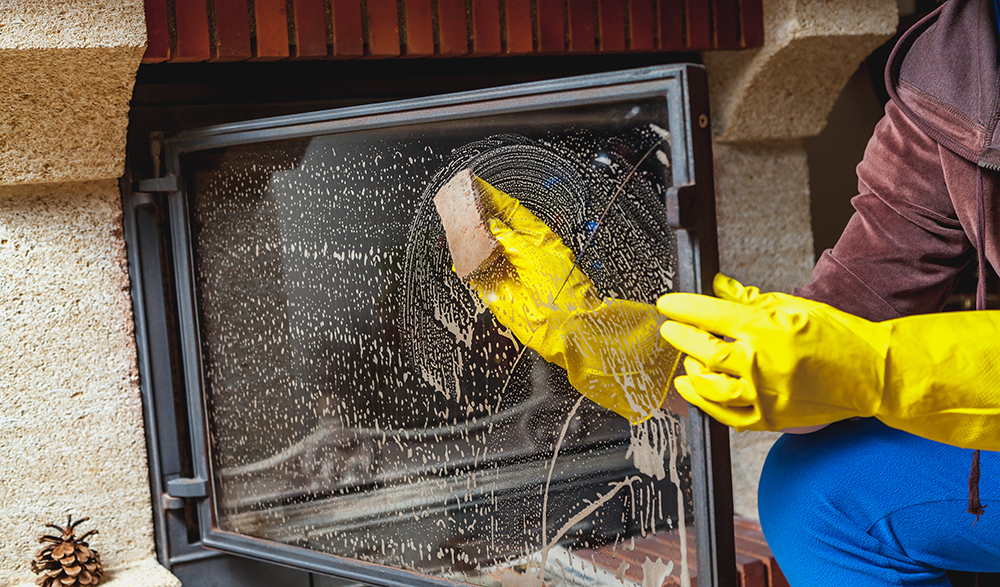
It’s to be expected that in the confined space of your wood-burning stove, there will be some by products present, especially if your stove is an older version and does not feature an in-built airwash system that many burners now feature.
Below are some of the reasons for your stove glass turning black and a few solutions so you can deal with the problem:
Burning unseasoned wood
This is one of the main reasons why your stove glass might be turning black. Burning wood, which is unseasoned, means energy is used on evaporation rather than burning and the incomplete burn results in excessive smoke being produced. This results in by-products such as tar, soot and creosote settling on the glass.
Most manufacturers recommend only burning wood with a moisture content of 20% or less and we always recommend using Homefire Ready to Burn kiln dried wood which guarantees you are getting a quality wood fuel product with low moisture, low smoke emissions and improved heating performance.
Burning House Coal
Burning house coal in your stove will increase the chances of the glass blackening and most stove manufacturers recommend you avoid using house coal and instead opt for Homefire smokeless fuels. Burning house coals on a closed appliance means the tar and smoke particles can find their way onto the stove glass. Even the most modern airwash system (see below) will build up a volume of tar and dust generated by burning house coal.
Lack or incorrect use of Airwash
Most modern stoves are built with their own airwash system preventing the build up of soot on the glass. Airwash systems use the vent at the top of the stove to direct a thin layer of air across the glass to wash it and reduce the build up of soot, dirt and grime.
However, not using the airwash system correctly can also result in blackened glass. If your stove is not burning at a high enough temperature (for example, by burning a small fire in a large stove), the airwash will not function properly as the stove is not hot enough. Try to avoid closing your airwash vent completely when using your stove as this can also lead to soot build up.
Fuel touching the glass
Be careful not to overfill your stove with fuel or load the fuel so it is touching the glass, as this can lead to the glass blackening in a couple of areas, rather than the entire surface.

